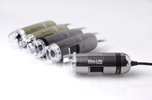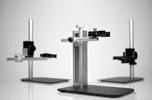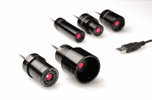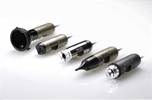Tree surgery/ Arboriculture with Dino-Lite
Ron Schraven, head of Tree Diseases and Infestations BTL Bomendienst, The Netherlands: "Tree Surgery is changing. Where once the saw or knife disappeared into the wood, new less invasive methods are used and investigation comes before operation. BTL Bomendienst in Apeldoorn, the Netherlands is specialized in Tree diseases. With the help of Dino-Lite, they can identify diseases and capture images."
BTL Bomendienst is one of the biggest tree specialists in the Netherlands. The company has 30 employees and is organized in three divisions: 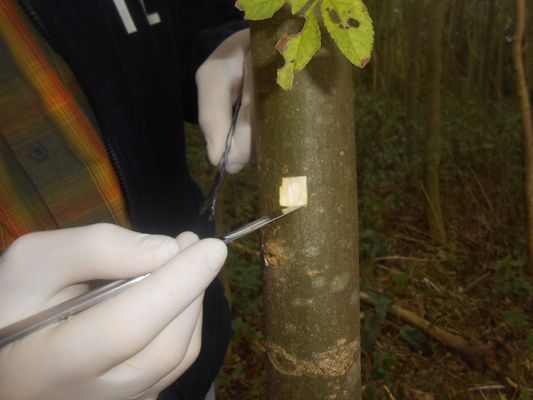 Tree Consultancy, Specialist tree care and Diseases and Infestations. Ron Schraven is Head of Tree diseases and Infestations of BTL Bomendienst. To him, terms such as dieback, chestnut bleeding disease and massaria are his daily work. They are tree of the important tree diseases in the Netherlands. Schraven: "Such diseases affect the tree so that the tree will eventually die. That in itself is a loss because a tree or trees define the landscape and trees produce oxygen by introducing carbon dioxide. Most of the trees are located in the public space and the safety of the public space is often a matter of the municipality. A diseased tree can fall or pose a danger because of falling branches, so for many municipalities we identify how vital the trees are, we identify which trees can be a potential danger and which trees need immediate treatment. This work is impossible without proper research in the field."
Tree Consultancy, Specialist tree care and Diseases and Infestations. Ron Schraven is Head of Tree diseases and Infestations of BTL Bomendienst. To him, terms such as dieback, chestnut bleeding disease and massaria are his daily work. They are tree of the important tree diseases in the Netherlands. Schraven: "Such diseases affect the tree so that the tree will eventually die. That in itself is a loss because a tree or trees define the landscape and trees produce oxygen by introducing carbon dioxide. Most of the trees are located in the public space and the safety of the public space is often a matter of the municipality. A diseased tree can fall or pose a danger because of falling branches, so for many municipalities we identify how vital the trees are, we identify which trees can be a potential danger and which trees need immediate treatment. This work is impossible without proper research in the field."
Documentation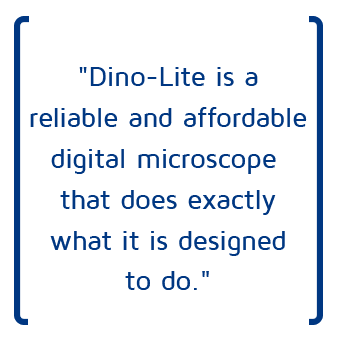 To determine a possible tree disease well, Schraven and his staff go into the field with a laptop and a Dino-Lite microscope. "The research is in the field because we can only use fresh samples to work with. Samples that have already dried up cannot be properly investigated ", said Schraven.
To determine a possible tree disease well, Schraven and his staff go into the field with a laptop and a Dino-Lite microscope. "The research is in the field because we can only use fresh samples to work with. Samples that have already dried up cannot be properly investigated ", said Schraven. 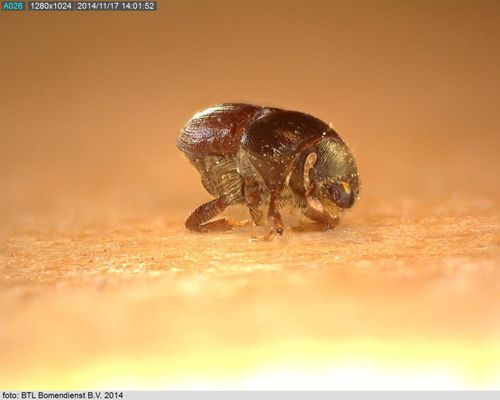 A sample taken in the form of a slice of wood can be studied on the spot with the Dino-Lite. The aim is to detect the disease at the earliest possible stage. A disease can manifest itself for example by changes in the wood structure or discoloration. Schraven: "With the Dino-Lite connected to a laptop we can analyze faster and better because we can view the image on the laptop right away. We can save the picture which is a very important function for us, as we have to report our findings on paper and this is usually presented to people who have less knowledge of tree diseases. By adding the images made with the Dino-Lite in the report, we can visualize and demonstrate the problem. Dino-Lite thus provides evidence of the disease that was identified and because of this Dino-Lite is now a permanent part of our standard practice. We opted for Dino-Lite because of the mobile nature of the microscope, the built-in LED lighting and the fact that you can store image on a laptop. It is a reliable and affordable USB microscope that does exactly what it is designed to do."
A sample taken in the form of a slice of wood can be studied on the spot with the Dino-Lite. The aim is to detect the disease at the earliest possible stage. A disease can manifest itself for example by changes in the wood structure or discoloration. Schraven: "With the Dino-Lite connected to a laptop we can analyze faster and better because we can view the image on the laptop right away. We can save the picture which is a very important function for us, as we have to report our findings on paper and this is usually presented to people who have less knowledge of tree diseases. By adding the images made with the Dino-Lite in the report, we can visualize and demonstrate the problem. Dino-Lite thus provides evidence of the disease that was identified and because of this Dino-Lite is now a permanent part of our standard practice. We opted for Dino-Lite because of the mobile nature of the microscope, the built-in LED lighting and the fact that you can store image on a laptop. It is a reliable and affordable USB microscope that does exactly what it is designed to do."
 English
English  Français (French)
Français (French)  Deutsch (German)
Deutsch (German)  Español (Spanish)
Español (Spanish)  Nederlands (Dutch)
Nederlands (Dutch)  Italiano (Italian)
Italiano (Italian)  Dansk/Norsk
Dansk/Norsk  Svenska (Swedish)
Svenska (Swedish)  Polski (Polish)
Polski (Polish)  Čeština (Czech)
Čeština (Czech)  Türkçe (Turkish)
Türkçe (Turkish)  Русский (Russian)
Русский (Russian)  Arabic (اللغة العربية)
Arabic (اللغة العربية) 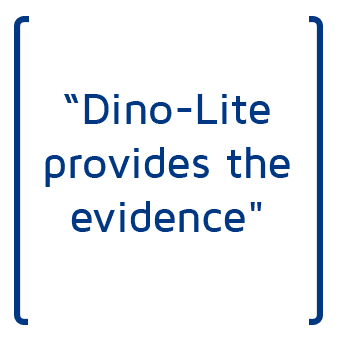
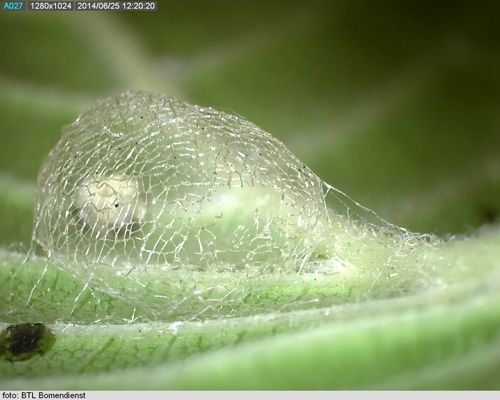
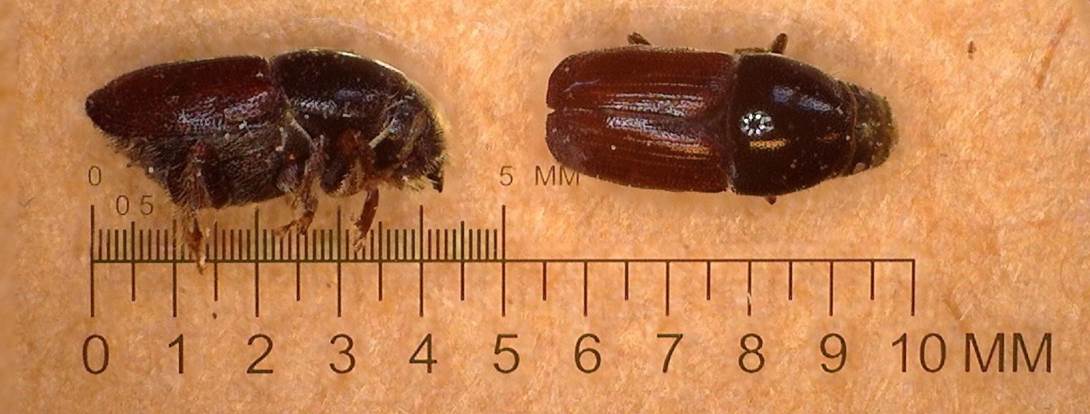
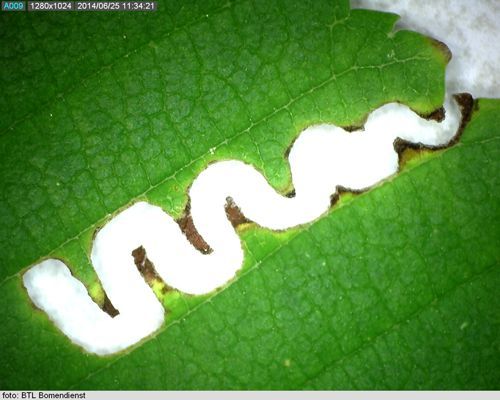
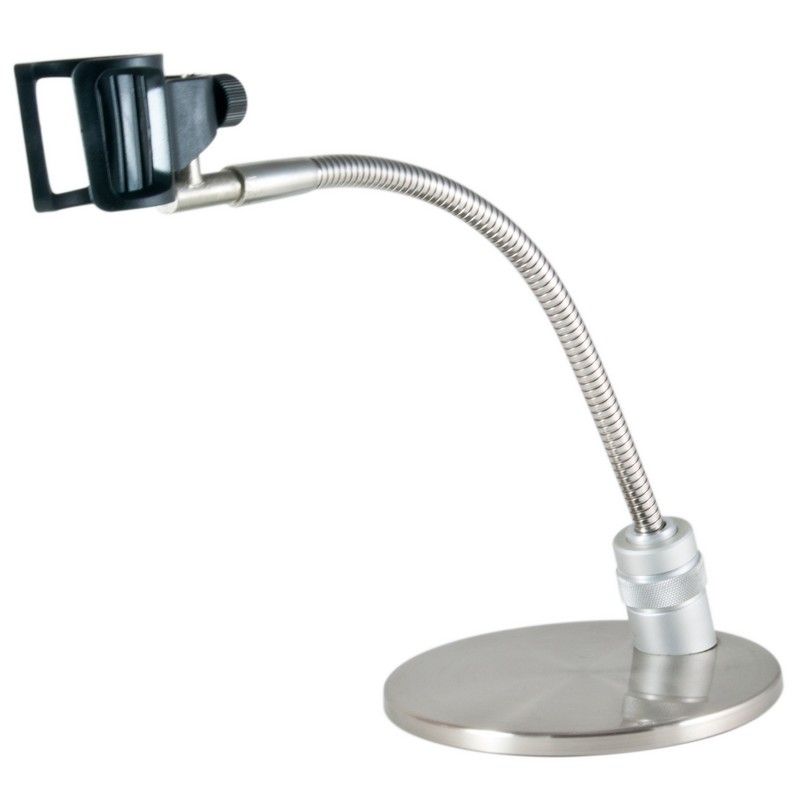 Round metal base with flexible arm and holder for the Dino-Lite. The MS33W has the possiblility to vary the height (appr. 15 mm) with a turning knob in the base.
Round metal base with flexible arm and holder for the Dino-Lite. The MS33W has the possiblility to vary the height (appr. 15 mm) with a turning knob in the base.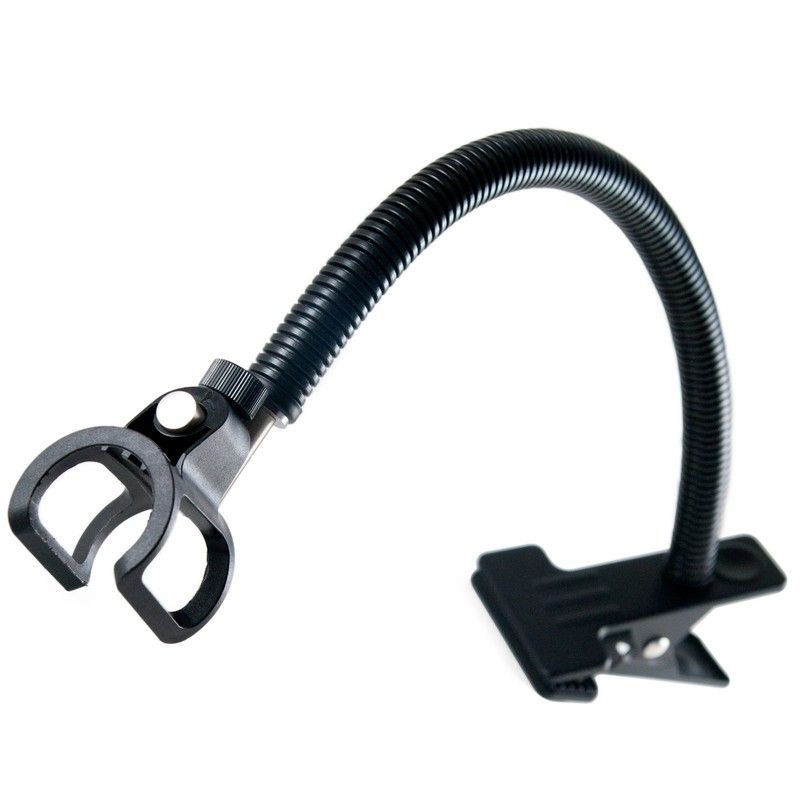 The MS23B is a desktop clamp with flexible gooseneck that can be clamped to a desktop or any other surface of up to 3cm thick.
The MS23B is a desktop clamp with flexible gooseneck that can be clamped to a desktop or any other surface of up to 3cm thick.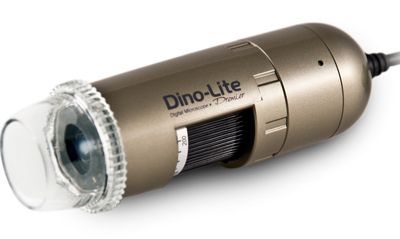 By using a special polarization filter, the AM4113ZT is the right choice when working with high glare materials such as plastics and metals.
By using a special polarization filter, the AM4113ZT is the right choice when working with high glare materials such as plastics and metals.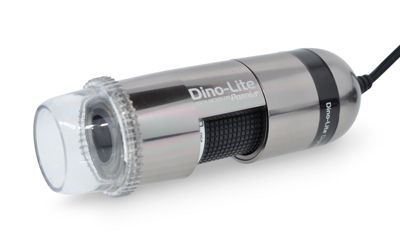 The Dino-Lite AM7013MZT has a 5 megapixel sensor for crystal clear images, even under higher magnification. The built-in adjustable polarizer reduces glare and reflection on shiny objects.
The Dino-Lite AM7013MZT has a 5 megapixel sensor for crystal clear images, even under higher magnification. The built-in adjustable polarizer reduces glare and reflection on shiny objects.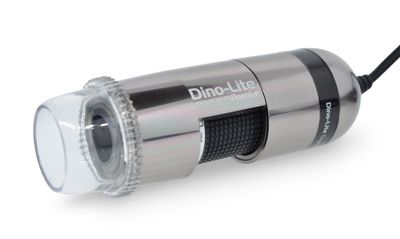 By using a special polarization filter, the AM4013MZTL is the right choice when working with high glare materials such as plastics and metals. This model features an aluminum alloy housing for enhanced protection and durability and the best look and feel.
By using a special polarization filter, the AM4013MZTL is the right choice when working with high glare materials such as plastics and metals. This model features an aluminum alloy housing for enhanced protection and durability and the best look and feel.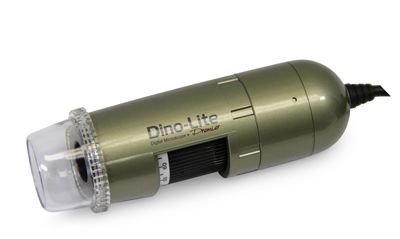 By using a special polarization filter, the AM4113ZTL is the right choice when working with high glare materials such as plastics and metals.
By using a special polarization filter, the AM4113ZTL is the right choice when working with high glare materials such as plastics and metals.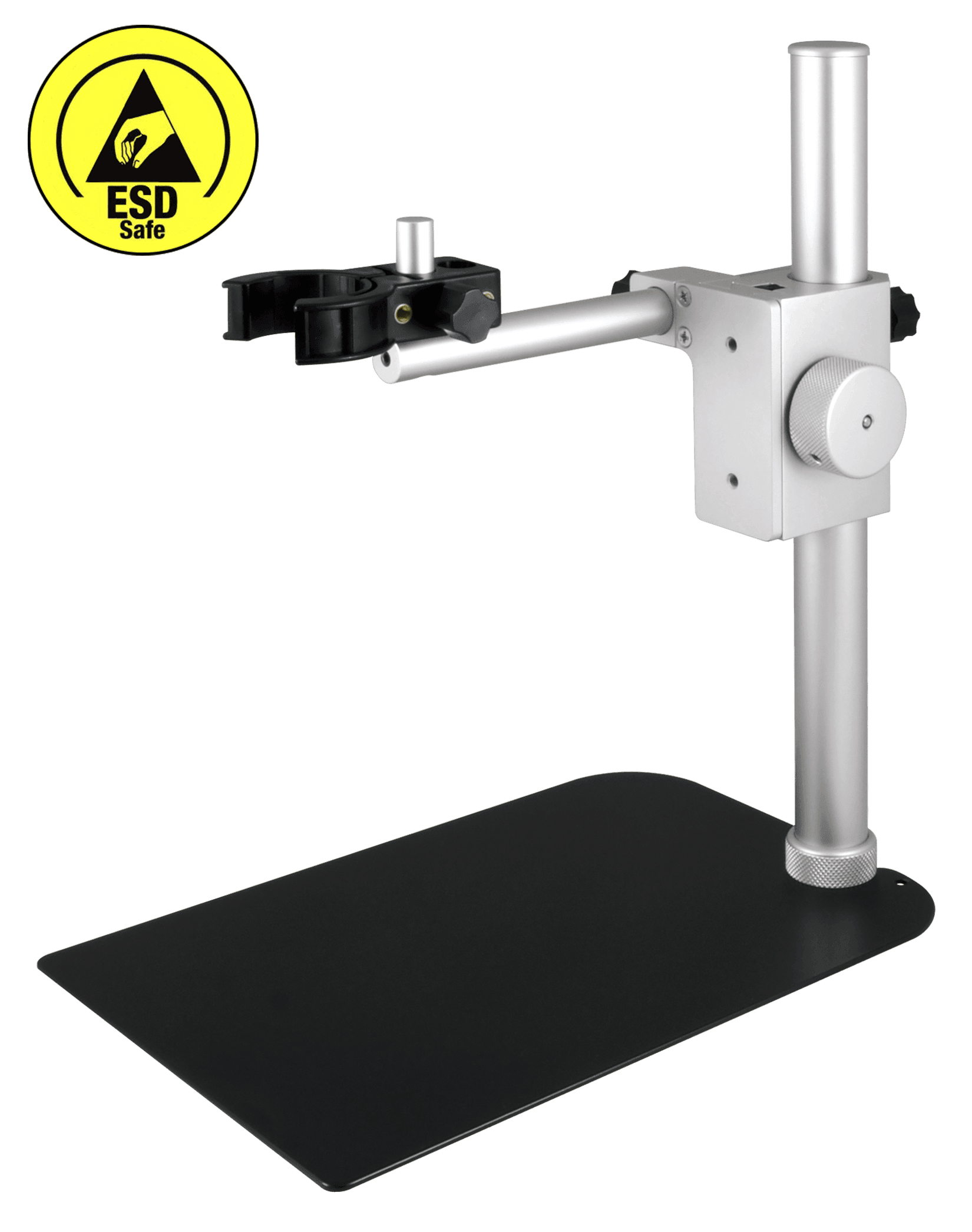 The Dino-Lite RK-06-AE stand is a sturdy and stable mid-range stand solution that can be used with all Dino-Lite digital microscopes. It is constructed of stainless steel and lightweight aluminum and offers precise fine-focus adjustment as well as a quick vertical release function.
The Dino-Lite RK-06-AE stand is a sturdy and stable mid-range stand solution that can be used with all Dino-Lite digital microscopes. It is constructed of stainless steel and lightweight aluminum and offers precise fine-focus adjustment as well as a quick vertical release function.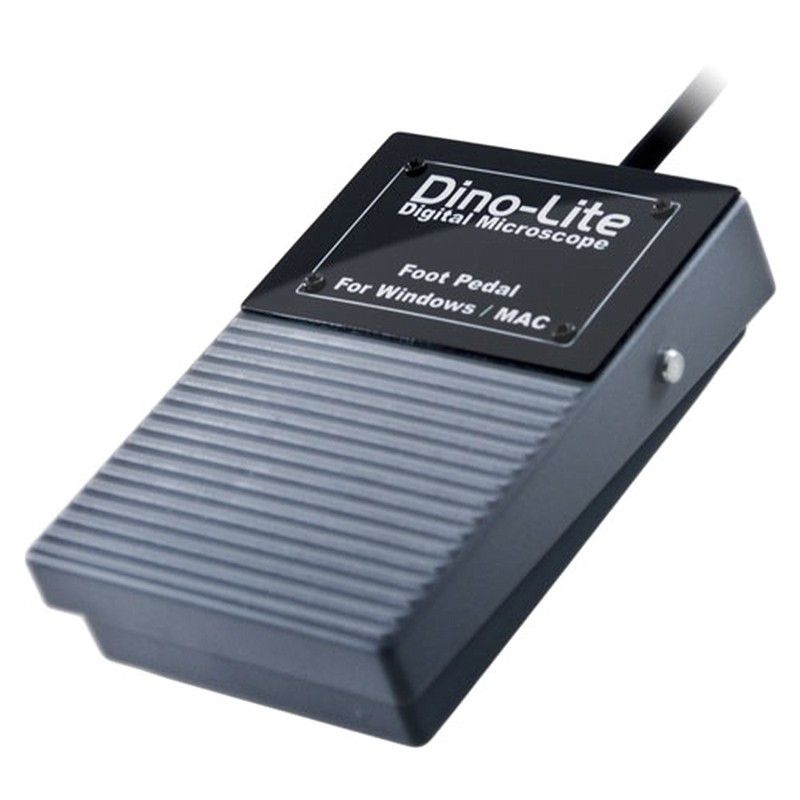
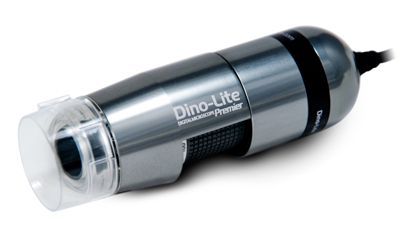 The Dino-Lite AD7013MZT has a 5 megapixel sensor for crystal clear images, even under higher magnification. The built-in polarizer reduces the shiny effect on reflecting materials, such as metals, plastics, jewelry, electronics etc.
The Dino-Lite AD7013MZT has a 5 megapixel sensor for crystal clear images, even under higher magnification. The built-in polarizer reduces the shiny effect on reflecting materials, such as metals, plastics, jewelry, electronics etc.